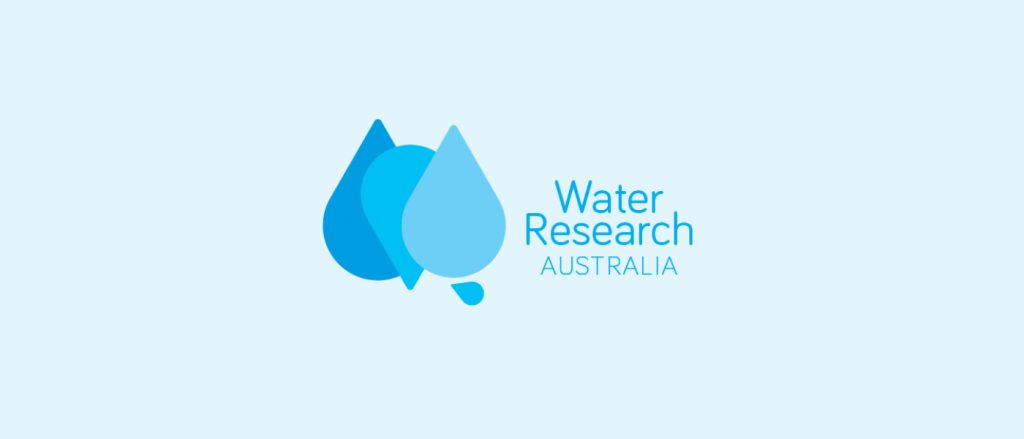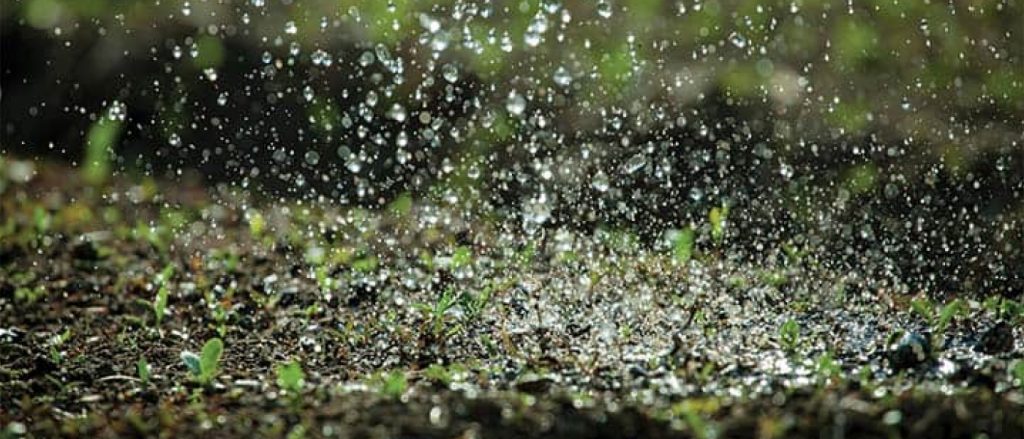Future Four in November.
November 14, 2021

By: Brad Grudgfield
General Manager QLD/NT
Welcome to another instalment of our industry newsletter, Future Four. Each edition, a Clover team member supplies four innovative articles to keep you connected with the pulse of the pipeline industry and beyond.
This month, Brad Grudgfield has searched far and wide to source four future-facing articles on the water and irrigation industries for your reading list.
With an extensive background in the civil infrastructure industry, Brad’s knowledge extends across all facets of the business. As General manager of Queensland and the Northern Territory, Brad continues to grow his relationships and connections through collaboration, communication, and a future-facing mindset.
This edition of Future-Four covers all areas of the future of water. From the great expanse of space to upcycling reusable water for hydrogen production, we dive into the future of the water industry, sustainability practices and more—this is Future Four in November.
1. Farmers manage more than half of Australia. We all have a stake in them getting it right.
Source: The Guardian
Written by: Gabrielle Chan
What do the basic human condition and the agriculture industry have in common? The answer is simple: a reliance on sustainable food and farming. Whether we realise it or not, we all have an interest in agricultural farming.
With farmers managing up to 60% of the country’s landmass and accounting for up to 70% of Australia’s diverted fresh-water extractions, we all have a stake in farmers doing their job well. As experts in the agricultural industry, the implementation of smarter irrigation practices is imperative when it comes to protecting and enhancing our agricultural environments. As a society, it’s important that we support our local farmers so that we can continue to feed the population, mitigate climate change, and limit biodiversity loss.
“Farming both contributes to and is endangered by the biggest existential threats of our time: climate change, water shortage, natural disasters, zoonotic diseases, population displacement and geopolitical trade wars.”
At a time when looking to the future is more important than ever, it’s critical that we continually seek to enhance the infrastructure of irrigation pipelines and support the future of agricultural communities nationwide. As a future-facing organisation, we’re proud to invest in infrastructure that continues to future-proof agricultural communities in our ever-changing climate.
2. Incorporating used water into hydrogen production to develop a more sustainable energy source.
Source: Water Research Australia
Written by: Monash University
As the world works towards a net-zero climate, the once ‘fringe idea of a hydrogen strategy is now the leader in our race for a better, cleaner, greener world. As part of the strategy, Monash researchers, together with Victorian water utility companies, are looking to produce hydrogen energy and address the challenge of water scarcity by repurposing used water.
The Sustainable Hydrogen Production from Used Water Project will see the group of researchers from the Department of Chemical Engineering at Monash University look to advance the practical applications of water electrolysis.
The project will partner with local water utility companies: Southeast Water, Melbourne Water, Yarra Valley Water and Water Corporation, to apply scalable and sustainable hydrogen production practices. In turn, helping to secure Australia as a front-runner in the emerging global hydrogen economy.
3. Cooling urban spaces with smart irrigation.
Source: Utility Magazine
Written by: Patricia Mae Tagabe
According to data from the Bureau of Meteorology, 2020 was Australia’s fourth hottest year ever recorded. And with projections suggesting that temperatures will continue to rise in the coming years, keeping cool is proving more important than ever.
Australian cities are prone to the phenomenon known as the urban heat island effect, where built-up areas retain more heat due to the abundance of heat-retaining surfaces. With cities already 2-10 degrees higher than regional areas, it’s imperative that we adopt smarter irrigation practices to help combat the warmer temperatures and improve water efficiency in urban spaces.
We’re continually developing strategies that adapt to our ever-changing climate, which is why the implementation of smarter irrigation practices proves exciting for the future.
With the implementation of these smart irrigation systems, real-time data offers information on the properties of the soil and the characteristics of the plants in an urban space. This information will determine optimum irrigation volumes and schedules—delivering the right amount of water at the perfect time to ensure maximum water efficiency and cooling capabilities.
4. New satellite system would enhance water quality management in Australia.
Source: Phys Org
Written by: University of New South Wales
It’s the year 2021, and space satellites no longer just help us communicate with people all over the world or predict the weekly weather forecast—they can now monitor the quality of water bodies too. Covering coastal to freshwater bodies, the SmartSat and CSIRO satellites will provide real-time updates on sea surface temperature, ocean colour, water levels and more to our national monitoring systems.
The satellites will monitor around 70% of Australian water bodies, with some inland waterways still requiring direct testing. However, the outcomes could lead to a step-change when it comes to Australia’s national water management.
The research analysis conducted by the University of New South Wales (UNSW) Canberra indicates that space technology can now monitor the quality of fresh and coastal bodies of water. The CSIRO Aqua Watch satellites will partner with SmartSat—a research organisation that develops game-changing technologies in the space sector. This partnership will use the technology, along with ground-based sensors, to gain critical insights about water quality and other natural events.
At a time when we’re constantly seeking to help future-proof communities, the purpose-designed satellites will harness innovative technology to help us plan for the future of Australia’s water—something Clover is excited to see develop as we continue to help protect the future of water.



